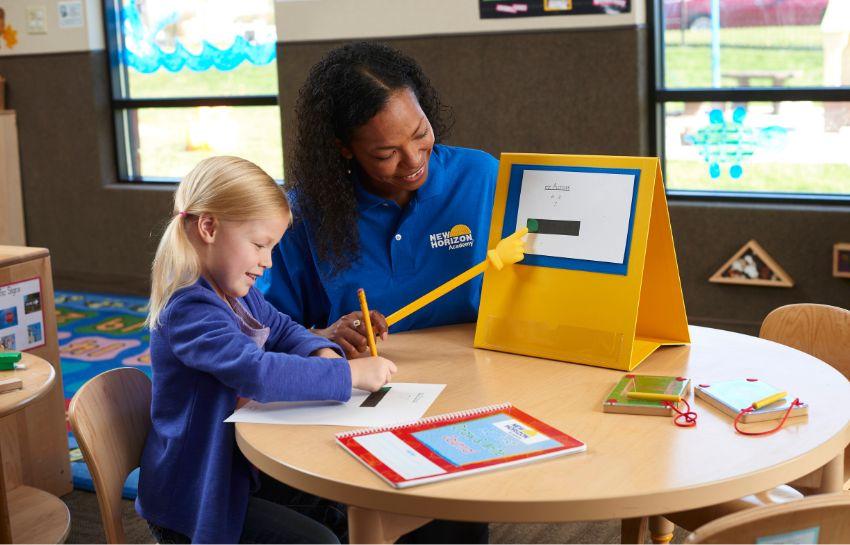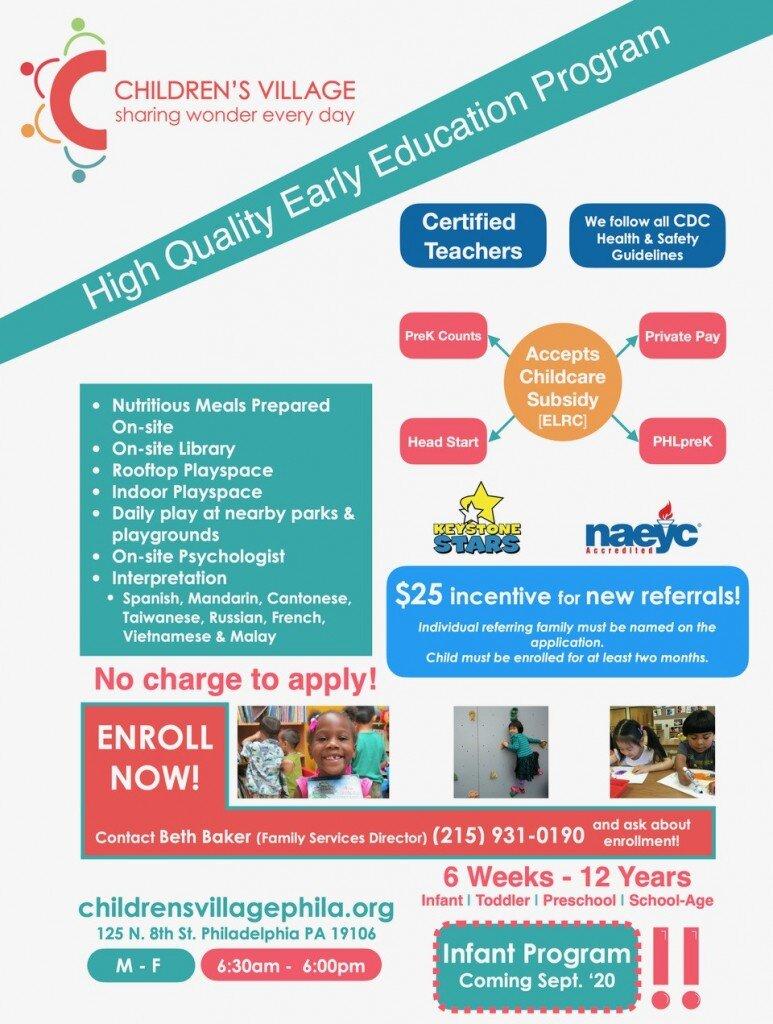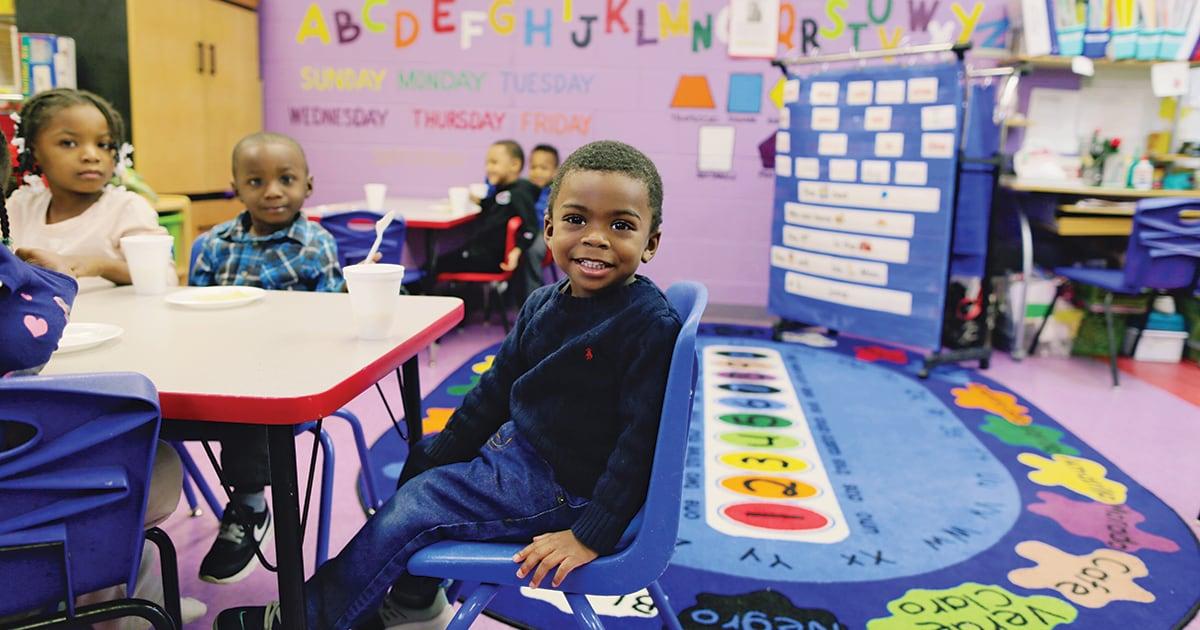In today’s digital age, the landscape of early childhood education is rapidly evolving, with streaming services emerging as a vital resource for parents and educators seeking engaging and educational content for preschoolers. As the demand for high-quality, accessible learning tools grows, these platforms offer a diverse array of programs designed to nurture young minds and foster foundational skills. This article delves into the top educational programs available on streaming services, analyzing their content, educational value, and potential impact on early development. By examining these offerings, we aim to provide a comprehensive guide for selecting the most effective and enriching programs for preschoolers.
Evaluating Content Quality and Educational Value
When selecting educational programs for preschoolers on streaming platforms, it’s essential to consider both the quality of content and its educational value. High-quality programs often feature engaging narratives, well-crafted animations, and age-appropriate language. These elements work together to capture the attention of young viewers while providing a rich learning experience. Additionally, content that encourages interaction and participation can enhance cognitive development and social skills.
To assess educational value, look for programs that incorporate core learning objectives such as:
- Language development: Shows that introduce new vocabulary and encourage language use.
- Numeracy skills: Content that includes counting, basic math concepts, and problem-solving.
- Social-emotional learning: Programs that teach empathy, cooperation, and emotional recognition.
- Creative thinking: Episodes that inspire imagination and creativity through storytelling and activities.
By focusing on these criteria, parents and educators can ensure that the programs chosen are not only entertaining but also beneficial for a child’s growth and development.
Interactive Features and Engagement Strategies
Preschool educational programs on streaming services have revolutionized learning by incorporating interactive features that actively engage young viewers. These shows often include elements such as sing-alongs, call-and-response prompts, and simple problem-solving tasks that encourage participation. By leveraging these interactive tools, children can develop essential skills like language, numeracy, and social interaction in a fun and immersive environment.
Engagement strategies are crucial in maintaining a preschooler’s attention. Many programs utilize vibrant animations and relatable characters to foster a connection with the audience. Key strategies include:
- Repetition: Reinforcing concepts through repeated phrases and songs.
- Storytelling: Creating narratives that captivate and educate simultaneously.
- Feedback Mechanisms: Encouraging children to respond to questions or prompts, often with immediate positive reinforcement.
These approaches not only keep children entertained but also enhance their cognitive and emotional development, making learning both effective and enjoyable.

Age-Appropriate Learning Goals and Outcomes
When selecting educational programs for preschoolers, it’s crucial to focus on content that aligns with their developmental stage. Programs should emphasize foundational skills such as language acquisition, basic math concepts, and social-emotional learning. For example, shows that incorporate storytelling and interactive elements can significantly enhance vocabulary and comprehension. Furthermore, content that introduces numbers and simple problem-solving can lay the groundwork for future mathematical understanding.
- Language Skills: Programs with rich dialogue and new vocabulary.
- Social-Emotional Development: Shows that model empathy and cooperation.
- Basic Math: Content that includes counting, shapes, and patterns.
Additionally, age-appropriate outcomes should include the ability to follow instructions and engage in collaborative play. Shows that encourage participation, such as sing-alongs or interactive questions, can be particularly beneficial. Ultimately, the goal is to create a balanced educational experience that fosters curiosity and a love for learning.

Recommendations for Diverse Learning Styles and Needs
- Visual Learners: For children who thrive on visual stimuli, programs like “StoryBots” offer vibrant animations that make learning engaging and fun. The use of colorful graphics and interactive storytelling helps captivate young minds.
- Auditory Learners: Shows such as “Super Simple Songs” incorporate catchy tunes and rhymes, making it easier for auditory learners to grasp new concepts through repetition and melody.
- Kinesthetic Learners: Interactive programs like “Cosmic Kids Yoga” combine movement with storytelling, allowing children to learn through physical activity and engagement.
- Special Needs: For children with diverse needs, “Daniel Tiger’s Neighborhood” offers gentle life lessons and emotional intelligence skills through relatable scenarios and repetitive themes.
- Language Development: Programs such as “Mister Rogers’ Neighborhood” and “Bluey” emphasize rich vocabulary and social interaction, supporting language acquisition in a nurturing environment.



